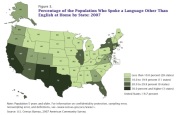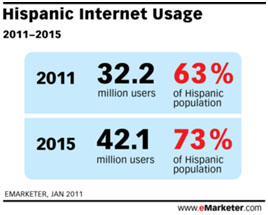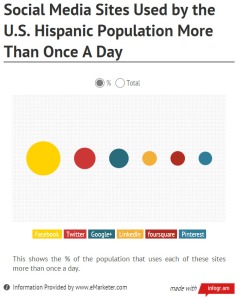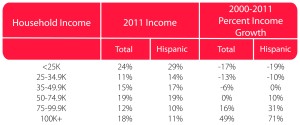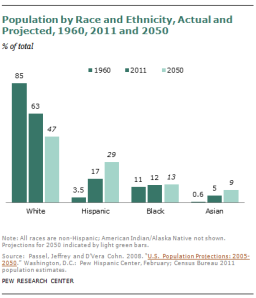CyraCom was recognized as one of the top 50 privately held companies in Arizona by the Phoenix Business Journal as part of the Arizona Corporate Excellence (ACE) Awards.
The ACE Awards were created to recognize the largest private companies in Arizona for their investment in the state. These companies are very important to the economy of Arizona and to the families of their employees; they generate revenues of over $15 billion per year and employ over 40,000 employees in the State of Arizona and over 56,000 worldwide.
CyraCom employs nearly 1,000 people in Arizona, with most of these jobs having been created in the last three years and the company was recognized as the second fastest private job creator in Arizona in 2012, by Inc. magazine’s Hire Power rankings. CyraCom is one of the largest language service providers in North America and has been able to develop this important sector of the economy by drawing from Arizona’s linguistic diversity. The Bureau of Labor Statistics has indicated that language services, particularly interpretation, are growth areas for careers and business for the next ten years.
About CyraCom International, Inc.
CyraCom is the largest provider of Over-the-Phone Interpretation (OPI) operating solely in the US. OPI is a three-way call between an interpreter, an English-speaking representative, and a non-English speaking customer. In addition to OPI, CyraCom offers Document Translation, Video Remote Interpretation, On-Site Interpretation, and Interpreter Assessment and Training services. CyraCom has four locations in Arizona and is headquartered and founded in Tucson. In 2013, CyraCom received a Stevie Award (American Business Award) for Company of the Year in Business Services. CyraCom provides over 200 languages and has more than 3,000 clients, including some of the largest healthcare, insurance, and financial services companies in the US.


